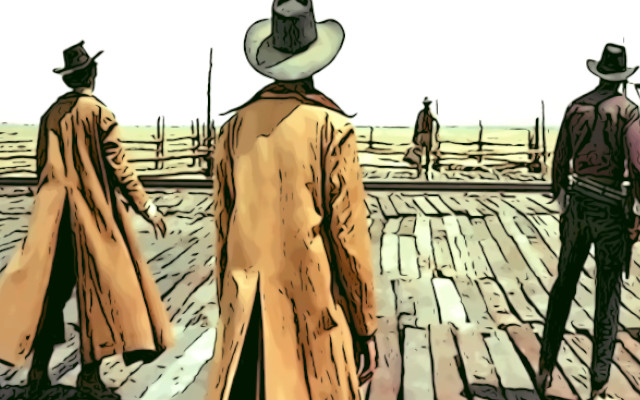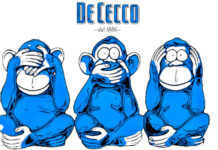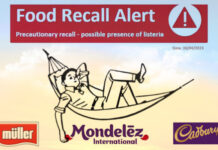De Cecco pasta factory threatens the press with legal action: it is forbidden to say its pasta is made with foreign wheat. A spin, rather than a reverse, from the meek and excessive submission shown when questioned by the Antitrust Authority about the origin of its pasta.
The investigation of the Voghera Householder.
The spark that ignited De Cecco was thesemolina pasta market survey published by Attilio Barbieri-a journalist with a passion for food consumption-on 4/29/20 on his blog Il casalingo di Voghera.
The label analysis, conducted by Barbieri on 13 pasta brands, shows that:
– 7 products contain exclusively semolina from 100% Italian durum wheat,
– 4 industries make only a few lines with only Italian wheat,
– 2 Brands always use imported raw materials.

Made in Italy, processing in Italy is enough
The reprise of Attilio Barbieri’s article and table on the magazine’s website
QB Quanto Basta
however, prompted the Fara San Martino pasta maker to intimate a correction, through its legal department. Alleging that “what is asserted in the article is erroneous, tendentious and misleading since it is apt to mislead the reader into false and dangerous beliefs.”
Barbieri explains: ‘The statement by which “the Italian character of De Cecco brand pasta is rejected,” the company writes in the request for rectification that it sent not to me but to QB magazine Quanto basta, “besides being serious, is offensive and incorrect, since De Cecco pasta is 100 percent ‘made in Italy’: in fact, both its main ingredient (semolina and not durum wheat flour) and the entire process of processing and manufacturing the food takes place exclusively in Italy, so that the pasta, according to Art. 60 of the Union Customs Code, is 100 percent Italian.”‘
The pasta maker’s arguments may confuse the less experienced. Reduced to the bone, De Cecco says that a product made with foreign raw material becomes ‘formally’ 100% Italian if the processing took place only in the Bel Paese. True. However, the origin of the raw material is not a mystery, and anyone, journalist or freethinker, is free to divulge the information.
It takes a flower to make a tree
The definition of primary ingredient is the other element on which the letter from De Cecco’s legal department revolves.
As The Voghera Homemaker reports , De Cecco’s lawyers continue: “As for the indication of the main ingredient, it is not correct to say that there is an obligation to indicate its origin on the label, since EU Implementing Regulation 2018/775 places such an obligation only if the main ingredient, which in the case at hand is reiterated to be durum wheat semolina, has an origin or provenance other than the origin or provenance of the food (Article 2 of the Regulation). Although durum wheat semolina and De Cecco pasta have the same origin, i.e., Italy, the company, while not obligated, has nevertheless committed to also provide this indication on the packaging of its product.”
It takes a flower to make a tree, Sergio Endrigo sang. Similarly, making pasta requires semolina. To make semolina you need durum wheat. Which can be 100% Italian, or not.
Industrial bipolarity
De Cecco’s aggressive attitude toward the press, on the other hand, seems curious. With good memory of his extreme submissiveness before the Antitrust Authority just six months ago.
Out of fear of an administrative penalty-when subjected to investigation precisely because of the boast of ‘Italian-ness’ of pasta made even with foreign wheat-the famous pasta factory decided to disavow its history and identity. Even pledging to remove the words ‘De Cecco method’ from their labels.
Mistakes of strategy
That burn, perhaps. But they cannot and should not be blamed on the press, which is still orphaned of a mechanism to punish in an exemplary manner those who attempt to bind the gag with the threat of reckless action.
De Cecco pasta is also made with wheat imported from abroad. That’s all, trivially.
Marta Strinati
Professional journalist since January 1995, he has worked for newspapers (Il Messaggero, Paese Sera, La Stampa) and periodicals (NumeroUno, Il Salvagente). She is the author of journalistic surveys on food, she has published the book "Reading labels to know what we eat".








